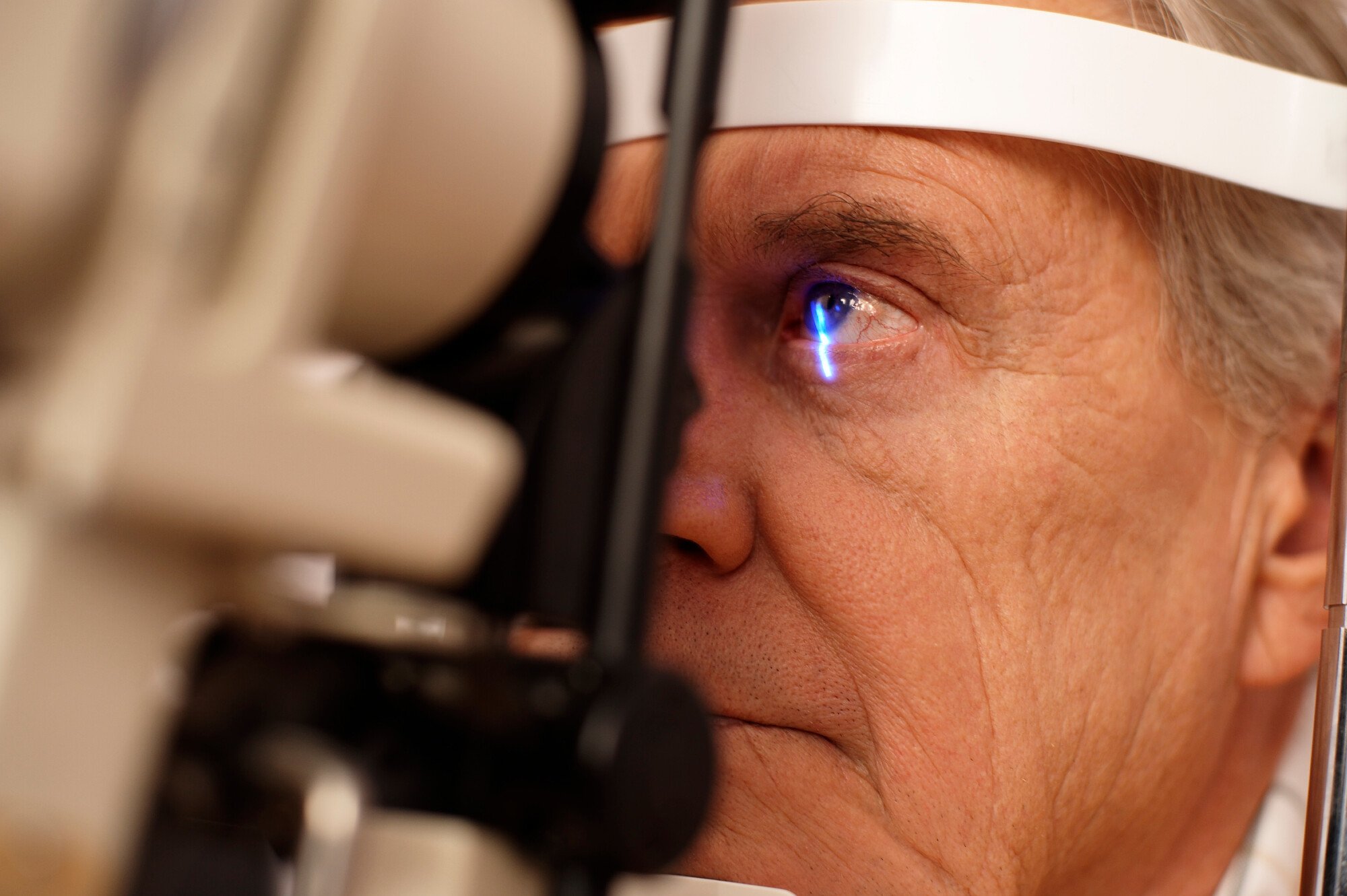
Diabetes affects 38 million Americans, but as many as 20% of these people do not know they have high blood sugar. That should be no surprise since many signs of diabetes can be easy to miss.
Luckily, a diabetes expert isn’t the only type of medical practitioner who can recognize the early symptoms of untreated high blood sugar. Even your optometrist may be able to spot the signs.
Can an eye exam detect diabetes? And if so, how? Learn about the connection between eye health and diabetes in this guide.
Yes, an eye exam can detect diabetes. An optometrist can identify changes in the blood vessels at the back of the eye that may indicate high blood sugar. These changes include:
An eye exam can also detect other changes in the eyes that could be due to unmanaged high blood sugar. That’s because there’s a link between eye health and diabetes.
If you are wondering, “Can an eye exam detect diabetes?” you may also wonder why eye health and diabetes are connected. High amounts of sugar in the bloodstream can cause damage to blood vessels all over the body. The tiny blood vessels in the eyes are no exception.
When left untreated, diabetes may reduce blood flow to the eyes. Pressure may then build up, leading the blood vessels to burst and leak fluids and blood into the eye.
Over time, the damage high blood sugar can cause to the blood vessels in the eyes may lead to diabetic eye disease.
Diabetic eye disease is the name for four conditions that affect the eye health of people with diabetes. These four conditions are:
Not everyone with diabetes will develop these eye health conditions, but having high blood sugar can increase your risk. That’s why it’s crucial to get checked for diabetes and start treatment as soon as possible.
Diabetic retinopathy is common in people with high blood sugar. Experts suggest that it affects more than 30% of people over 40 who have diabetes. Without treatment, it can lead to total vision loss.
This diabetic eye disease affects the retina. The retina is the part of the eye that collects light, converts that light to images, and sends those images to the brain.
Early treatment can slow the progression of damage to the retina. Getting treatment may also reduce the risk of blindness by up to 95%.
Diabetic macular edema is not as common as diabetic retinopathy. It affects only about one in 14 people with high blood sugar. However, it is just as serious a condition and may ultimately result in partial or total vision loss.
This diabetic eye disease is often caused by untreated diabetic retinopathy. It occurs when a portion of the retina called the macula becomes swollen. The macula is responsible for helping the eye see fine details of images and the world around us.
People with diabetes have double the chance of developing glaucoma or cataracts. Glaucoma and cataracts are two different types of eye disease that lead to visual changes, including eventual blindness.
Glaucoma is caused by damage to the optic nerve. The optic nerve is the part of the visual system connecting the eyes to the brain. Symptoms of diabetes-related glaucoma include blurry vision, halos around lights, peripheral blind spots, eye pain, and headaches.
Cataracts are caused by changes to the fluid inside the eyeball. Diabetes and the natural aging process can cause proteins within this fluid to clump together, resulting in the primary symptom of cataracts: cloudy vision.
Some people with diabetes don’t experience any visual symptoms. Others may experience one or more of the following:
For some people, visual changes are the first sign of diabetes. In other cases, these symptoms occur over time, whether due to untreated high blood sugar or other risk factors like smoking and high blood pressure or cholesterol.
Blurry vision is one of the first signs of diabetes. It can also occur when switching diabetes medications. The good news is that this symptom is reversible and will subside when you get your blood sugar levels under control again.
When high blood sugar levels start to affect the blood vessels in your eyes, you may experience more serious visual changes, such as:
Starting diabetes treatment can help prevent these problems from progressing. The blood vessels will heal or regrow over time, but some symptoms could still be permanent.
Dark strings, squiggles, or spots in your visual field are known as floaters. Floaters are often a sign that one or more blood vessels in your eyes have ruptured, leaking blood into the fluid of your eyes.
Floaters can be a normal sign of aging. However, if you have other symptoms of diabetes, they can also be a sign of early diabetic retinopathy.
Photopsias is the medical term for seeing flashes of light. It is another symptom of diabetic retinopathy. Flashes of light may occur when scar tissue accumulates at the back of the eye, creating a gap between the back of the eye and the retina.
Eye pain is a symptom of diabetic eye disease. It occurs when pressure builds up in and around the blood vessels of your eyes. You should be especially wary of eye pain accompanied by vision loss, as these symptoms constitute a medical emergency.
So, can an eye exam detect diabetes? Yes, an eye exam can detect diabetes, especially once symptoms have started to progress. If you don’t want to wait that long, a diabetes specialist can help you catch diabetes early.
Are you searching for a diabetes specialist that can test your whole family? Family Medicine Austin offers diabetes diagnostic and management services for all ages, so you can knock out all your appointments in one place.
Schedule an appointment with our diabetes specialists today!